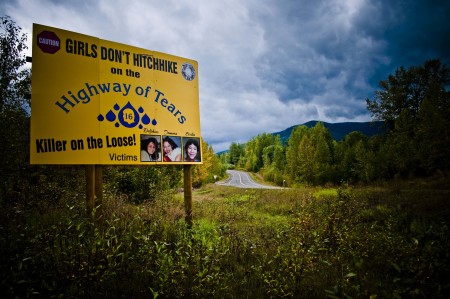
The number of indigenous women who have been murdered or gone missing in Canada since 1980 may be as high as 4,000, a federal politician has warned.
Patricia Hajdu, the minister of the status of women, cited research from the Native Women’s Association of Canada pointing to a far higher total than previously thought.
The new figures challenge a 2014 report from the Royal Canadian Mounted Police estimating that 1,200 women had disappeared between 1980 and 2012.
Prime Minister Justin Trudeau, who took office last October, has put indigenous affairs at the heart of his platform, calling it a “top priority” for his administration. The government is now preparing to launch an inquiry into the disappearance of women belonging to indigenous peoples, also known in Canada as the First Nations.
Indigenous affairs minister Carolyn Bennett, who has been interviewing First Nations communities ahead of the inquiry, said the investigation would “examine the causes of violence against indigenous women and girls” and propose “concrete actions” to tackle them.
The disappearance of so many women was an “ongoing national tragedy” regardless of the number, she added.
The issue has been a cause of concern for some time. First Nations women are at a disproportionate risk of becoming victims of homicide, with dozens of missing women found dead every year. The 2014 police report estimated that they were four times more likely to be murdered than non-indigenous women.
Ten First Nations women were among the 19 murdered between 1969 and 2011 on the “Highway of Tears”, a 450-mile stretch of road in British Columbia. The deaths remain unsolved, prompting accusations that a racially biased police force and media were failing to give the cases the attention they deserved.









